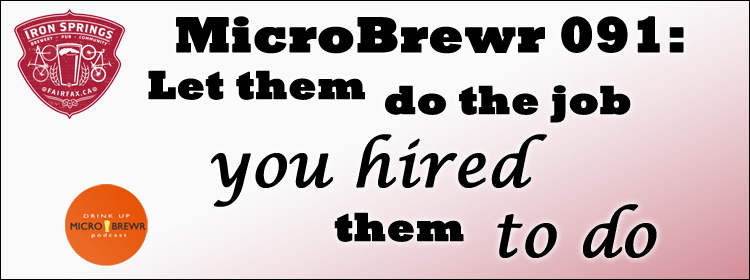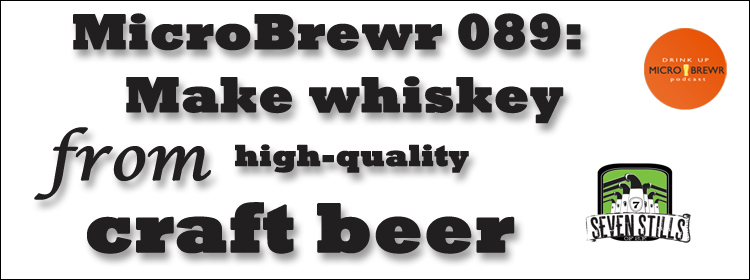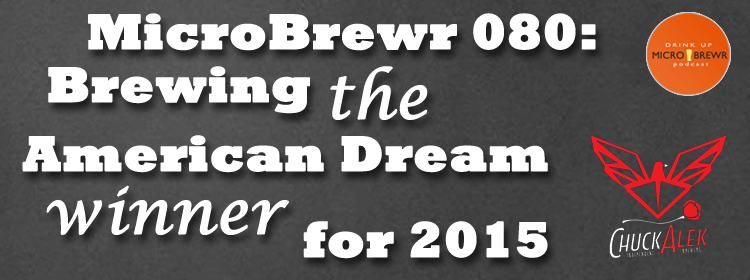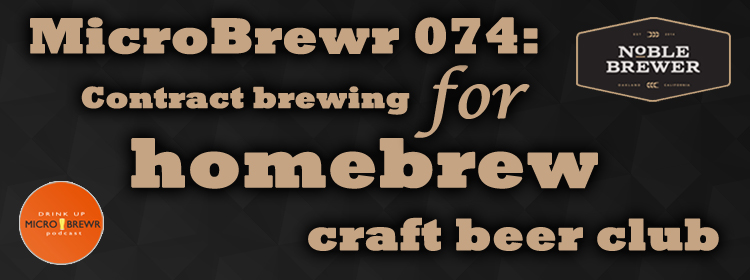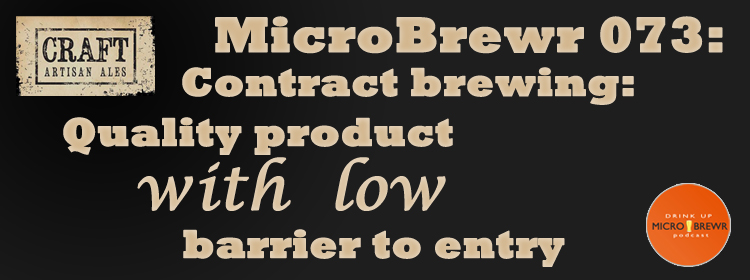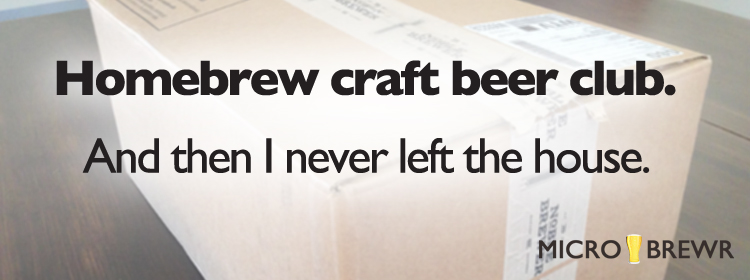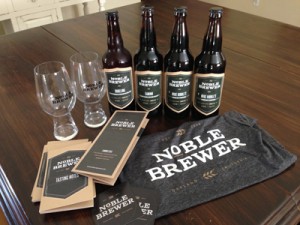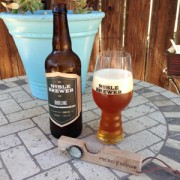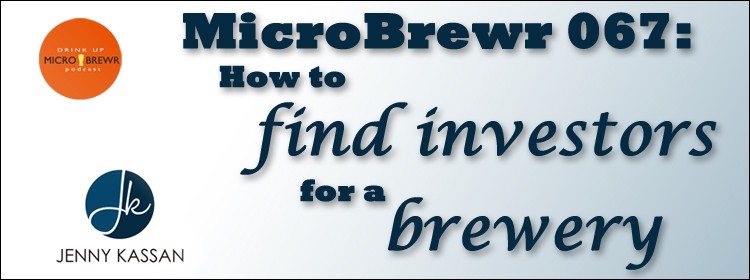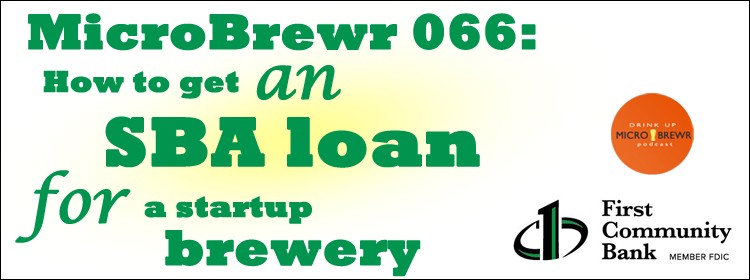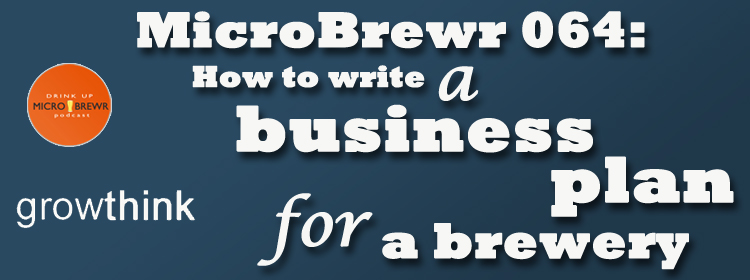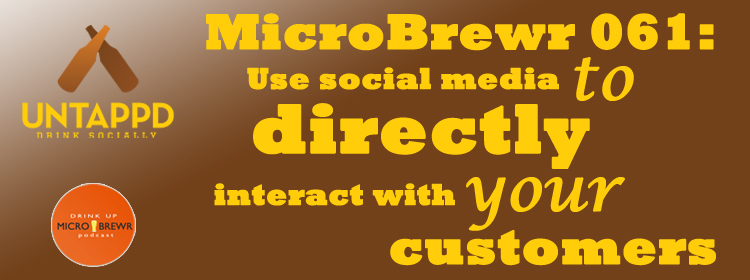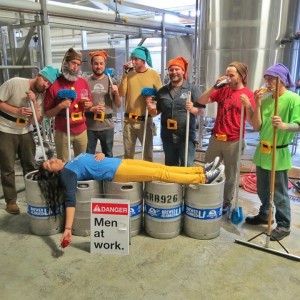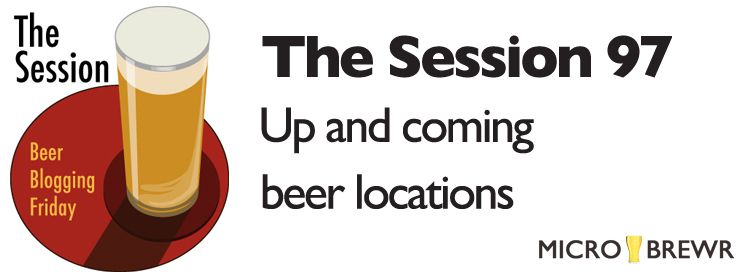MicroBrewr 091: Let them do the job you hired them to do
Podcast: Play in new window | Download | Embed
Subscribe: RSS
Michael Altman was in the industry for years when he bought a brewpub. Now he’s been operating Iron Springs Pub & Brewery in Fairfax, California for 12 years. Before they opened he had to have back surgery and totally reinvent his role for the brewpub.
“You really need to live, breathe and be the beer.” [Tweet This]
“The first 6 months we owned that pub, every single day I called my wife and said we’re selling this place, I can’t stand this, this is ridiculous,” recounts Michael. “Thank God for my wife who was my rock.”
He went through 3 back surgeries. “It was hard for me to hang up my mash paddle,” says Michael. He still does some brewing, but mostly leaves the hard work to others.
Hiring employees and letting them do the work you hire them to do has been essential to Iron Springs’ growth. They are on pace to produce approximately 2,000 BBLs of beer this year, which is an increase of 20 percent since last year. They have 16 taps for 10 draft beers, one cask, and 4 handcrafted sodas.
Iron Springs Pub & Brewery now has 50 staff, 4 are in the brewery. To hire more staff Michael recommends:
- Figure out what needs to be done
- Figure out who you are going to hire for each task
- Hire people who can do the job
- Let them do the job you hired them to do
It sounds simple, but it’s important to follow through and let others take your load off.
Something else that has been very helpful for Iron Springs is the give back Tuesday. Every Tuesday they give 10% of profits to a local non-profit organization that focuses on education or the environment. Iron Springs has donated $160,000 in the last 6 years. “We love and we really believe in it, and that really translates to the community,” says Michael. “They really believe in it and they want to come out and support it. It’s a win-win for everybody.”
Michael says certainly, “There’s no way in the world that I would started a brewery in today’s market.” There is too much competition, he says, compared to when he started. Although he does say, “A brewpub will work in neighborhood,” you have to have good branding.
You have to figure out why people are coming to your place, and really focus on your story. The 3 keys are:
- Good ambiance
- Good service
- Good food and beer
Brewery specs:
Kettle size: 10 BBL.
Size and quantity of fermentation tanks: 9, 10-BBL fermenters.
Size and quantity of bright tanks: 10, 10-BBL serving tanks.
Annual brewing capacity/last year’s production: 1,820 BBL.
Square footage: 5,000 sq. ft. in the entire pub, 1,100 sq. ft. in the brewery.
Years in operation: 12 years (opened October 2004).
Listener question:
From Awhile Pandey: When can you tell whether you are known as a brewery pub with exciting beer that people like, or you have become known more as a restaurant with beer just as a side thing? Is there any research on what kind of food formats and themes go well with a microbrewery pub layout?
Can’t-go-without tool:
Rubber boots, Bosch.
Book recommendation:
- Setting the Table: The Transforming Power of Hospitality in Business by Danny Meyer.
- Designing Great Beers: The Ultimate Guide to Brewing Classic Beer Styles by Ray Daniels.
- Michael Jackson’s Great Beer Guide by Michael Jackson and Sharon Lucas.
- Sacred and Herbal Healing Beers: The Secrets of Ancient Fermentation by Brewers Publications.
Check out the entire list of recommended books, click here.
An upcoming beer style:
Session beer
Other resources:
- 61 Brewers Speak Out: What I Wish I’d Know Before Starting a Brewery, MicroBrewr, February 9, 2014.
- McMenamins Pubs, Oregon and Washington.
- Mobile Bottling Source, Kirkland, Washington.
- Mountain Sun Pubs & Breweries, Boulder, Colorado.
- Packaging Design Happy Hour, AIGA, March 20, 2015.
You can reach Michael Altman and Iron Springs Pub & Brewery at:
- ironspringspub.com
- Facebook: ironspringspub
- Twitter: ironspringspub
- Instagram: ironspringsbrewery
- Untappd: IronSprings
Sponsors:
Support MicroBrewr
Help keep MicroBrewr on the air. CLICK HERE for ways you can help.

